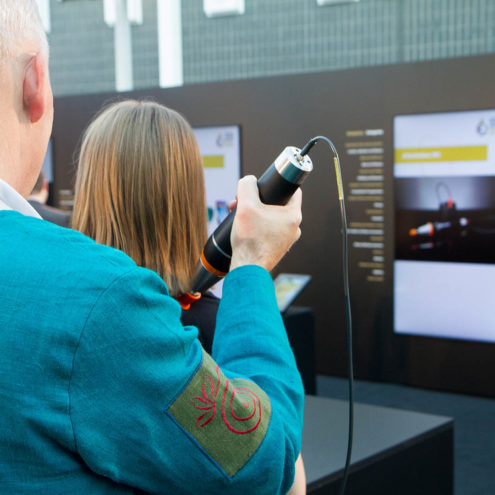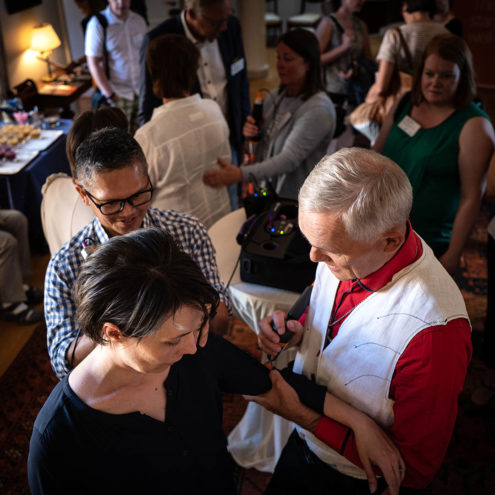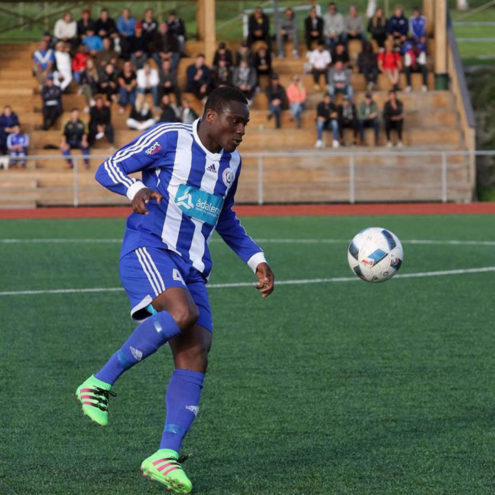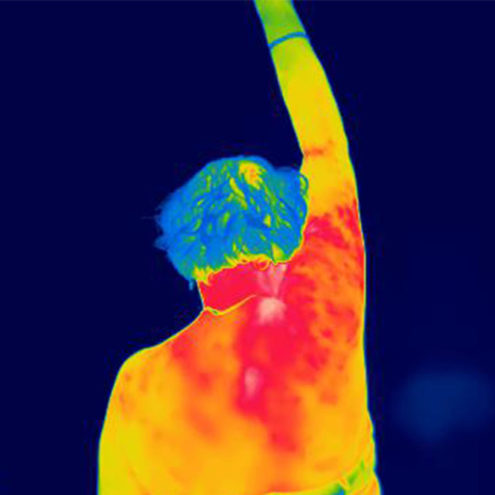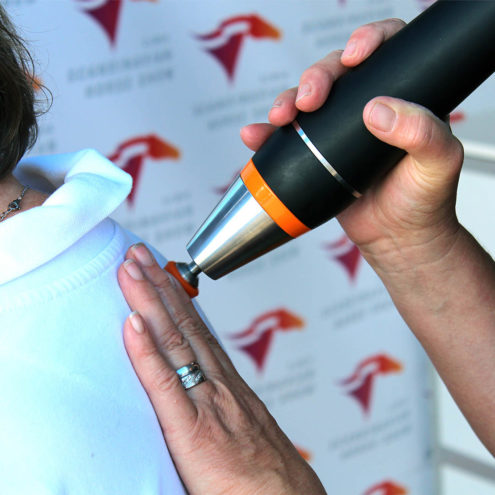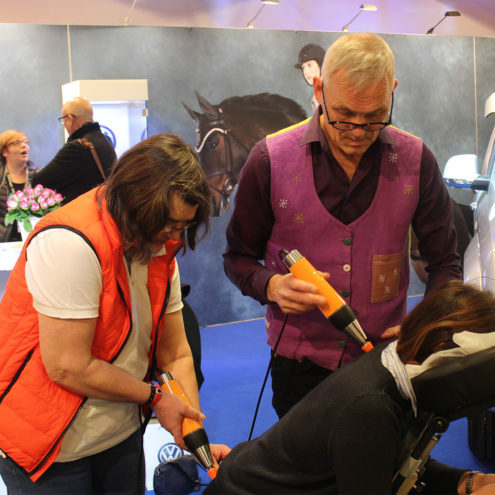Sprained Finger: Symptoms and Treatment

Sprain of the finger is a common injury. This injury can cause severe pain and limit the function of the hand. Understanding the symptoms and treatment options is crucial for a quick recovery. In this article, we will discuss what it means to sprain a finger, the causes of the injury, the symptoms and how to treat it effectively. We will also explore how the FasciaClinics can help you during the healing process.
What does it mean to sprain a finger?
Description of a finger sprain and its common causes, such as sudden bending or twisting of the finger
A sprain of the finger means that one or more ligaments have been overstretched or damaged. Ligaments are strong, collagen-rich bands of connective tissue that link the bones in our joints. As well as connecting them, they also help to stabilize the joints and control their movements. A sprain of a finger is most often caused by a sudden bend or twist. Sports activities, falls or accidents can be the cause. A sprain can range in severity from mild strains to more serious injuries that include minor fractures or dislocations of the finger joints.
Common types of injuries in a sprained finger, including ligament overstretching or minor fractures
When a finger is sprained, different types of injuries can occur:
Overstretching of ligaments: The most common type of injury in a sprain, where the ligaments are stretched beyond their normal capacity. This leads to pain and instability in the finger.
Minor fractures: Sometimes the sprain can be so severe that it causes small cracks in the bone, also called stress fractures.
Dislocations: In more severe cases, the joint may dislocate, which means that the bone is displaced from its normal position in the joint.
Symptoms of sprained finger
Pain, swelling and tenderness in the injured finger
The most obvious symptom of a sprained finger is pain at the time of injury. The pain can be sharp and intense, especially when moving or straining the finger. Swelling and tenderness are also common symptoms and occur quickly after the injury. This can limit range of motion and make it difficult to use the finger normally.
Limited mobility or difficulty bending or extending the finger
A sprain can lead to limited mobility of the injured finger. It may be difficult to fully bend or extend the finger, which may affect the ability to grasp objects or perform other everyday tasks that require the use of the hand. The finger may feel stiff and movement may be painful.
Any bruising or redness around the injured part of the finger
Bruising or redness may occur around the injured area of the finger. This is due to bleeding under the skin as a result of the ligament damage. Bruising can spread to neighboring areas and can be a sign of a serious injury.
Treatment of sprained fingers
The RICE method (rest, ice, compression, elevation) to reduce swelling and relieve pain
The first step in treating a sprained finger is to apply the RICE method:
Rest: Take the pressure off the injured finger and avoid activities that may aggravate the injury. Give the ligaments time to heal by minimizing physical activity.
Ice: Apply ice to the injured area for 15-20 minutes several times a day to reduce swelling and pain. Always use a towel or ice pack to avoid frostbite.
Compression: Use an elastic bandage or finger support to provide support and reduce swelling. Make sure the bandage is not too tight, which can restrict blood flow.
Elevation (Elevation): Keep your hand elevated above heart level as much as possible to reduce swelling by improving blood circulation.
Immobilization with finger support or wrapping to protect and stabilize the finger if needed
To further protect and stabilize the finger, immobilization using finger supports or wrapping may be necessary. This can help prevent further injury and facilitate the healing process. A finger brace or splint keeps the finger in a neutral position and limits movement, giving the ligaments time to heal properly.
Pain-relieving medication and physiotherapy to promote healing and restore mobility
Pain-relieving medication, such as ibuprofen or paracetamol, can be effective in managing pain and inflammation. It is important to follow the dosage instructions and consult a doctor if necessary.
After the initial inflammation phase, physiotherapy can be useful to restore mobility and strength in the finger. A physiotherapist can design a program of exercises tailored to your needs:
Flexibility exercises: Exercises to improve flexibility of the finger and hand.
Strengthening exercises: Exercises to restore muscle strength and stability in the finger and hand.
Manual therapy : Massage and mobilization techniques: Massage and mobilization techniques can be used to reduce pain and improve mobility.
How can we help you with your sprained finger?
At the FasciaClinics, we specialize in seeing and treating the body from a holistic perspective. We perform fascia treatments, a highly effective wellness treatment that focuses on treating and maintaining the fascia in our body.
Fascia is the network of connective tissue that binds and permeates everything in our body. All cells, tissues (even bone), muscles and organs contain fascia. Fascia is also very rich in free pain receptors, known as nociceptors, which respond to stimuli such as pressure and send signals to the central nervous system where they are interpreted as pain.
Fascia treatment focuses on releasing tension and adhesions in the fascia and increasing its flow. This allows us to have an improved mobility of the body with less pain and improved self-healing.
During a visit, we analyze the whole body to see where compensations and imbalances are and how they have spread. If there is an imbalance in the body, there is a risk that they will spread and affect other structures. That’s why it’s very important to seek help quickly as soon as you experience any symptoms.
Our goal is to restore function, reduce pain and improve your quality of life. Contact us to book an appointment and take the first step towards a pain-free thumb.
For more information about our services and how we can help you with a sprained finger, visit our FasciaClinics website. Here you will also find resources and articles on hand and finger injuries and other related topics that may be helpful to you.
In summary, a sprained finger is a common and often painful injury that requires careful treatment and rehabilitation. By understanding the causes, symptoms and treatment methods, you can effectively manage and relieve your pain. At the FasciaClinics, we are here to support you every step of the way towards recovery and an active life without pain.
 Search
Search



